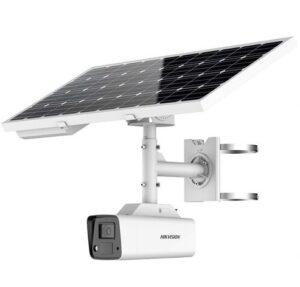Video compression is a process used in security cameras to reduce the amount of data required to transmit and store video footage, while maintaining acceptable levels of image quality. There are several different compression methods used in security cameras, each with its own strengths and weaknesses.
One of the most commonly used compression methods is H.264, which uses advanced algorithms to compress video while preserving image quality. H.264 is capable of reducing the amount of data required for video transmission and storage by up to 80%, making it a very efficient compression method.
Another compression method used in security cameras is H.265, which is a more advanced compression algorithm than H.264. H.265 is capable of compressing video even further, allowing for even lower bandwidth and storage requirements. It is particularly useful for high-resolution video, such as 4K or 8K. As it can compress large amounts of data without sacrificing image quality.
This method typically results in higher image quality, but requires more bandwidth and storage compared to H.264 and H.265.
The choice of compression method will depend on the specific needs of the security camera system, including the available bandwidth and storage resources, the required image quality. And the desired frame rate. It is important to choose a compression method that provides the required level of image quality.
Security camera setting up Numerical Compression Security Cameras, Los Angeles, California. CA expert in CCTV remote monitoring, Security camera systems in Los Angeles, California, CA, and CCTV Camera Install.
Call Us Now for a FREE Estimate
(213) 761-7900

